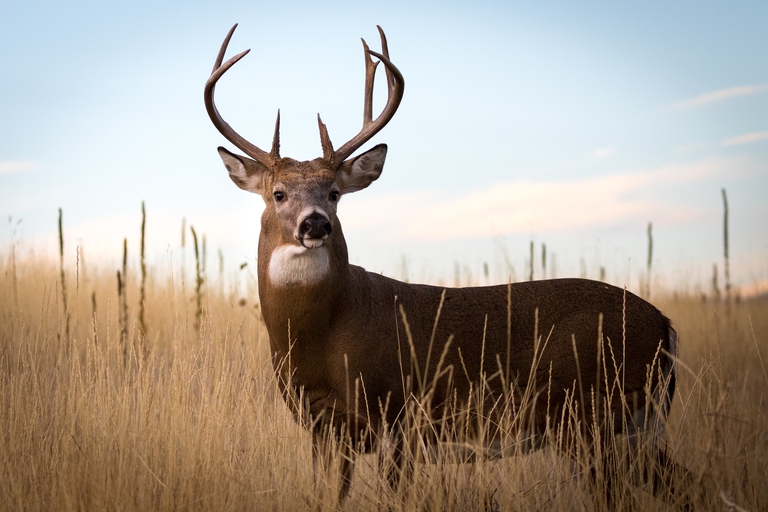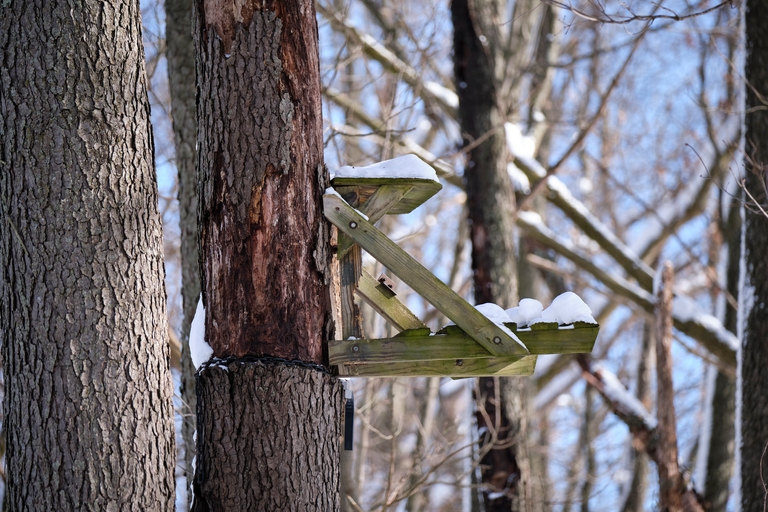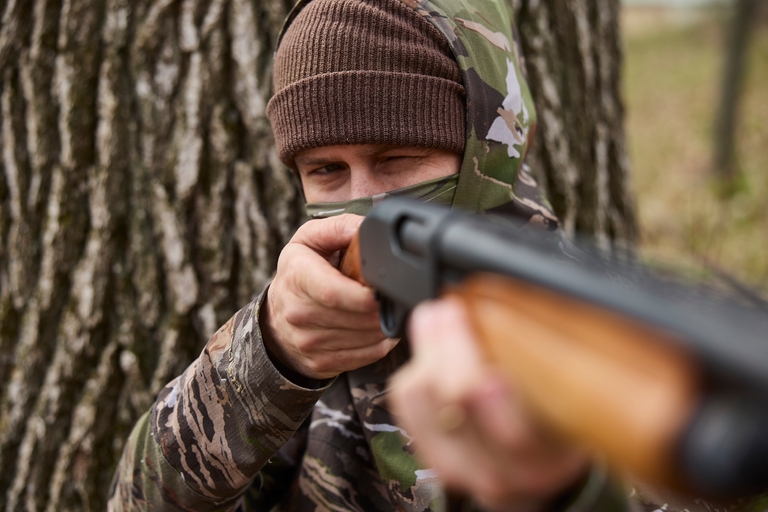All About Broadheads for Bowhunting

Similar to how a firearm hunter may choose a particular caliber or firearm type for a hunting expedition, bowhunters must also select the right arrow tips.
One of the most versatile arrow tips for hunting is the broadhead, which encompasses various types. Broadheads are sharp blade-like tips that are super efficient at cutting, improving flight and impact stability. They're specially designed for hunting, making them one of the most ethical and adaptable choices when heading out for a bow hunt.
This blog discusses everything you need to know about broadheads, including crucial tips for choosing the right type, ethical considerations, safety strategies, and more.
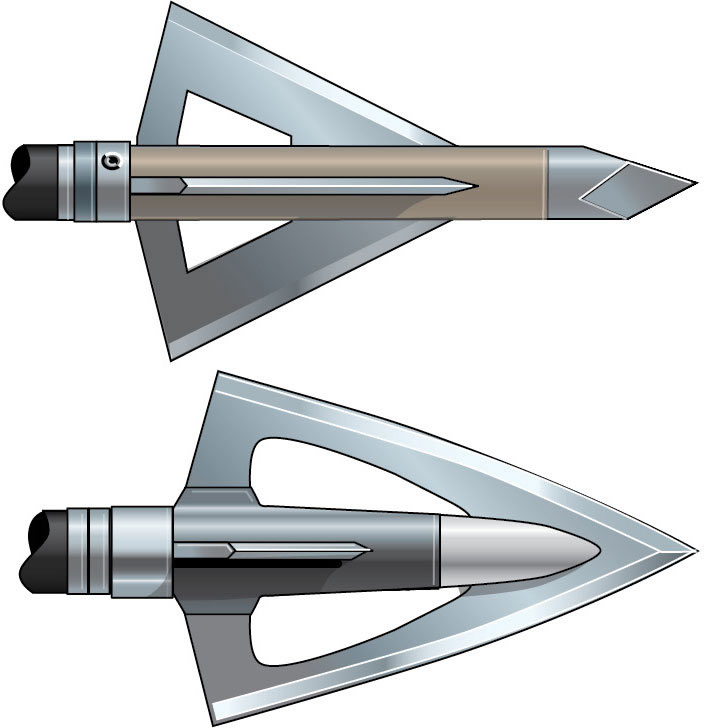
What Are the Different Types of Broadheads?
A broadhead's unique design and strategy increases blood loss and develops better penetration, leading to faster and more ethical kills. They are typically constructed of aluminum alloy, stainless steel, and titanium and are designed for durability.
Look at three of the most popular broadhead types and their benefits are below.
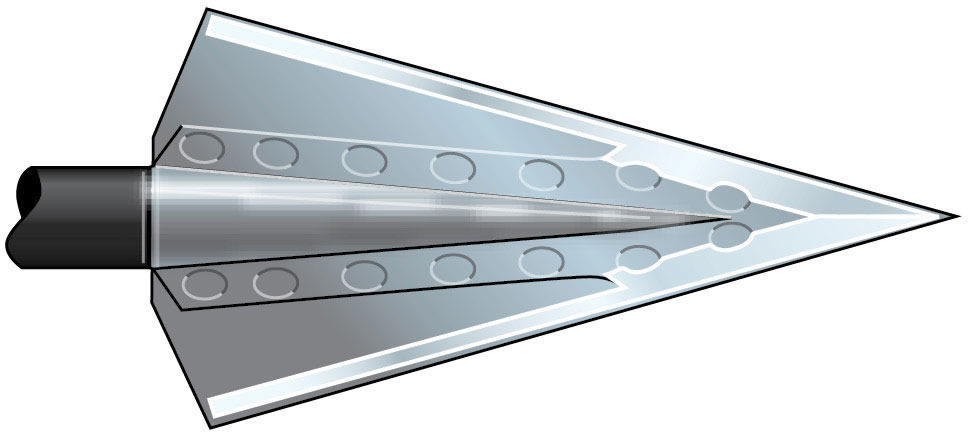
Fixed-Blade Broadheads
Fixed-blade broadheads come in two-, three-, or four-blade varieties and are famous for durability and reliability. They have fewer moving parts and can be constructed from one piece of material, making them less likely to malfunction or break.
Big game hunting generally calls for a four-blade variety, whereas smaller species can be targeted with a two-blade.
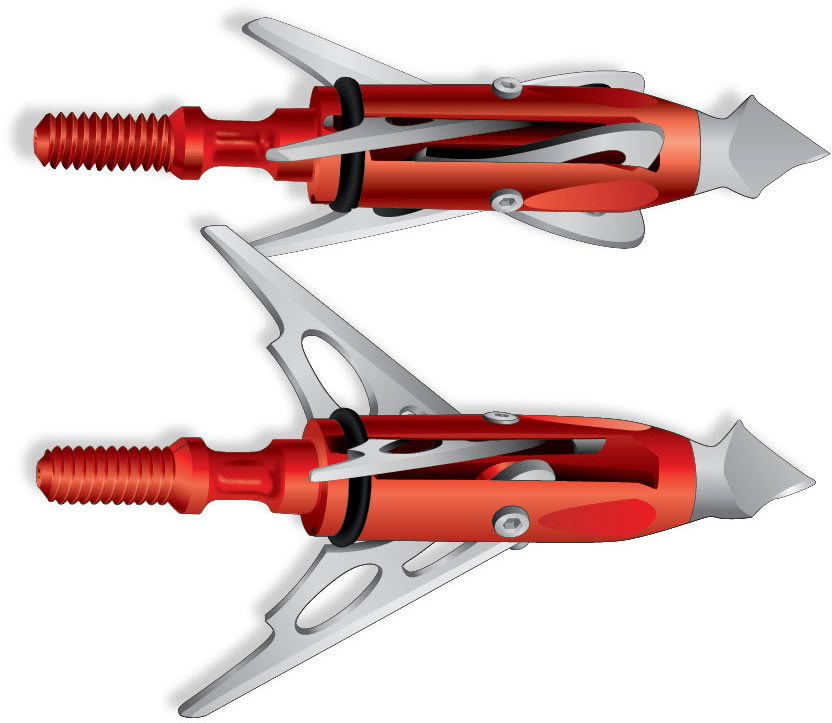
Mechanical Broadheads
Mechanical broadheads have retractable blades that reduce drag while increasing blade expansion upon impact.
Due to the mechanical design, there is some potential for failure, such as the blade not opening when it hits the target, especially in harsh hunting environments.
Hybrid Broadheads
A hybrid broadhead is designed with both types in mind. It flies and cuts like a fixed blade but opens up like a mechanical one to create a wider cut and channel.
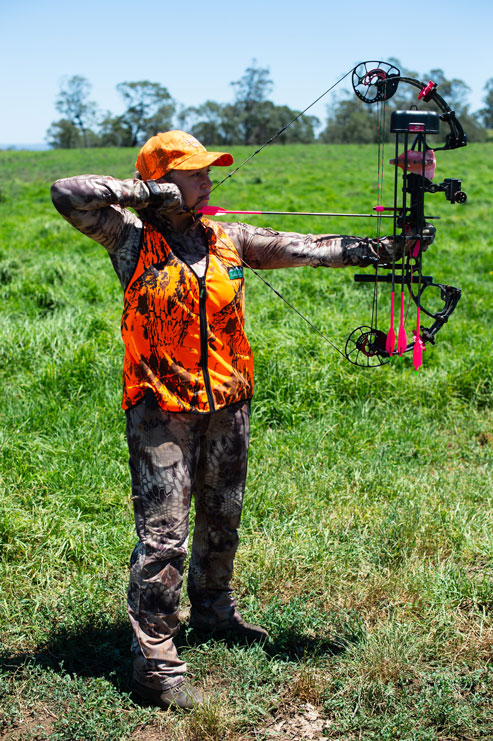
What To Consider When Choosing a Broadhead
How do you choose the right broadhead for your next bow hunt? You'll want to consider several factors to make sure your arrow delivers an ethical and successful shot.
The Type of Game You'll Hunt
When choosing broadhead types, consider your targeted game. Large game, such as elk or moose, might require different broadheads than small game, like a turkey.
A fixed blade or mechanical with two or three blades will do the job for smaller game. Conversely, a fixed blade with four blades to create a deeper cutting channel will be more effective for large game.
Always check local regulations regarding bow pound requirements and broadhead type usage.
Draw Weight
Another consideration is draw weight.
Light draw weights paired with lighter broadheads are sufficient for small game. Heavier draw weights can accommodate heavier broadhead types to ensure the deeper penetration required for larger game.
Arrow Speed
Arrow speed is another factor to consider for penetration, impact, and accuracy.
Generally, the larger the species, the higher the feet-per-second (FPS) needed to penetrate the thick hides of large game. Fixed-blade broadheads provide the durability and consistency needed to take down larger animals.
However, remember that fixed blades are generally slower due to the exposed blades.
Hunting Environment
Shooting your bow in a dense forest is an entirely different experience from shooting in open plains.
Most hunters prefer fixed blades in denser environments due to their penetrative ability and capacity to shoot shorter distances. However, due to its aerodynamic design, a mechanical broadhead will be more ideal in a more open environment.
Maintenance and Sharpening Tips
If your blades aren't sharp, it won't matter which option you choose for your hunt. Dull broadheads won't do the job you need them to do.
So, follow the tips below to ensure optimal blade care and usage.
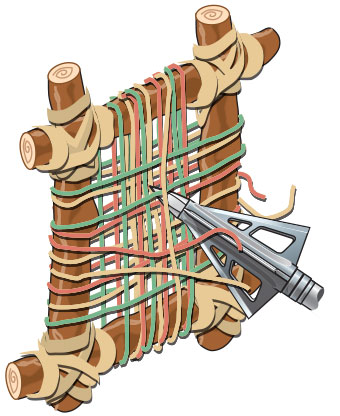
Check Your Broadheads Regularly
Routinely checking your broadheads for damage and dullness is essential for performance and ensuring an ethical hunt.
To check for damage, inspect the broadhead closely, noting any kinks or dirt. To test the sharpness, press the blade against a taut rubber band; if the band breaks, you'll have a sharp edge.
Keep Them Sharp
To maintain sharp edging, use a sharpening stone.
Find the right angle and rub the blade on both sides against the stone, using the rubber band test to ensure sufficient sharpness. Broadhead sharpeners are available on the market for ease of use that may suit a beginner archer – just make sure it matches your broadhead type.
Store Them Properly
Store broadheads in a protective case to prevent damage and ensure safety, especially if young children are on the property.
Choosing the right broadhead is essential to an ethical hunt to minimize animal suffering. Be sure to spend time at the range dialing in your accuracy and practicing with various arrow types. Experimentation is great, and gaining familiarity with multiple styles will open up your hunting to a broader range of species and environments.
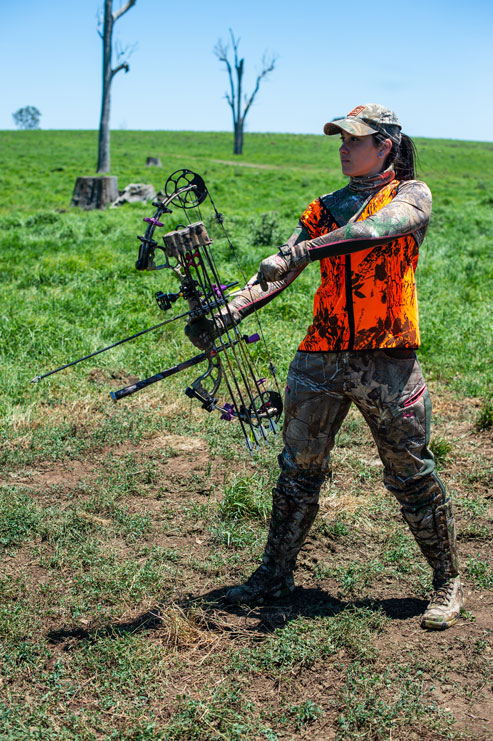
Better Broadhead and Bowhunting Safety Starts With Hunter Education
Bowhunting with broadheads is a long tradition that allows hunters to connect with nature and their ancestral past. As always, however, there is risk associated with this hunting type, and injuries such as hand lacerations are common, even for inexperienced hunters.
Staying safe in the field is crucial, and Hunter-Ed is here to help. With our state-approved courses, you can learn everything from bow safety to choosing the right blaze orange clothing for the field, giving you the confidence to enjoy your bowhunting experience to the fullest.
So, before heading out for your first bow hunt this season, make sure you've taken a hunter education course! In most states, hunters must have a hunter education card before purchasing a hunting license.
Choose the course for your state and start learning with our free online study guides.




